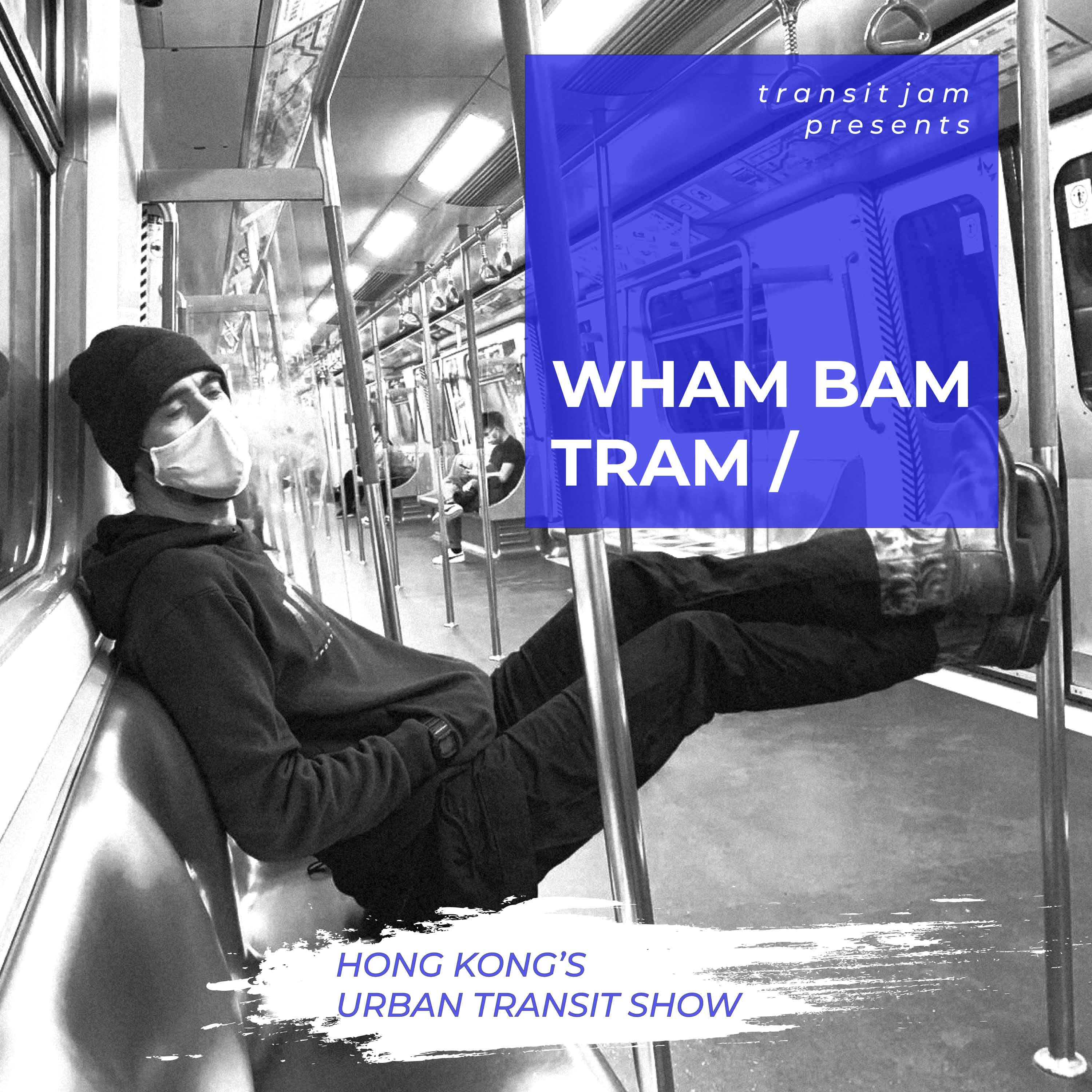
The 5G-equipped Hyundai is safer than traditional sensor-based autonomous cars, scientists say (photo: LG U+, inset YouTube)
An autonomous car that not only finds a parking space but also parks itself was seen plying the streets of Seoul this week, with the engineers behind the technology claiming their 5G autonomous driving system is safer than traditional camera concepts.
South Korean mobile operator LG U+, working with Controlworks and Hanyang University’s Automotive Control and Electrics (ACE) Lab demonstrated a pilot of the system in Sangam-dong, in western Seoul. The luxury Hyundai Genesis GV80 car – dubbed A1 – drove itself for eight kilometres from Gangbyeon Expressway to Seoul Forest, via the congested Olympic Highway, then parked itself in multi-storey car park nearby.
The empty parking space was identified by camera technology from Controlworks, while the autonomous driving uses radar, LIDAR and 5G communications.
According to ACE scientists, the 5G system adds a layer of safety to traditional systems. Professor Sunwoo Myuong-ho, Automative Engineering Professor with Hanyang University, says autonomous vehicles traditionally use cameras to detect traffic lights which, he says, “have some risk of error”. But the 5G system communicates with traffic signals meaning, he says, there is “zero possibility it can misidentify a traffic light.”
Sunwoo says the system will ultimately make the roads safer. “Around 1.3 million people die annually from car accidents worldwide, and among those, 90 percent of the accidents were due to driver carelessness,” he says. “We will continue to advance the car’s capability of responding to unexpected variables and will eventually unveil a level 5 autonomous driving system.”
Sangam District is a sandbox for autonomous driving technologies, with the city government and South Korea’s Ministry of Land, Infrastructure and Transport funding a Cooperative Intelligent Transportation System (C-ITS) network in the district and providing an environment where Korean companies can develop autonomous and Mobility-as-a-Service (MAAS) technology.
The “test track”, as the government calls it, features roadside sensors and “vehicle to everything” technology connecting vehicles-to-vehicles (V2V), vehicles-to-roads (V2R) and vehicles-to-people (V2P). On selected weekends, some roads are closed to allow full testing of autonomous vehicles.
LG U+ says the A1 made 137 test runs through the sandbox using 5G technology before demonstrating the system to reporters in Seoul. The firm will complete trials of the technology for the wider public in January next year, it says.






